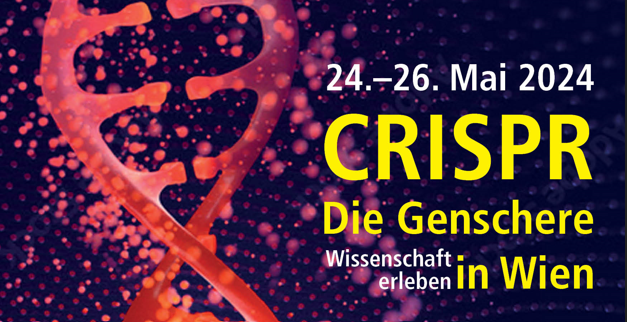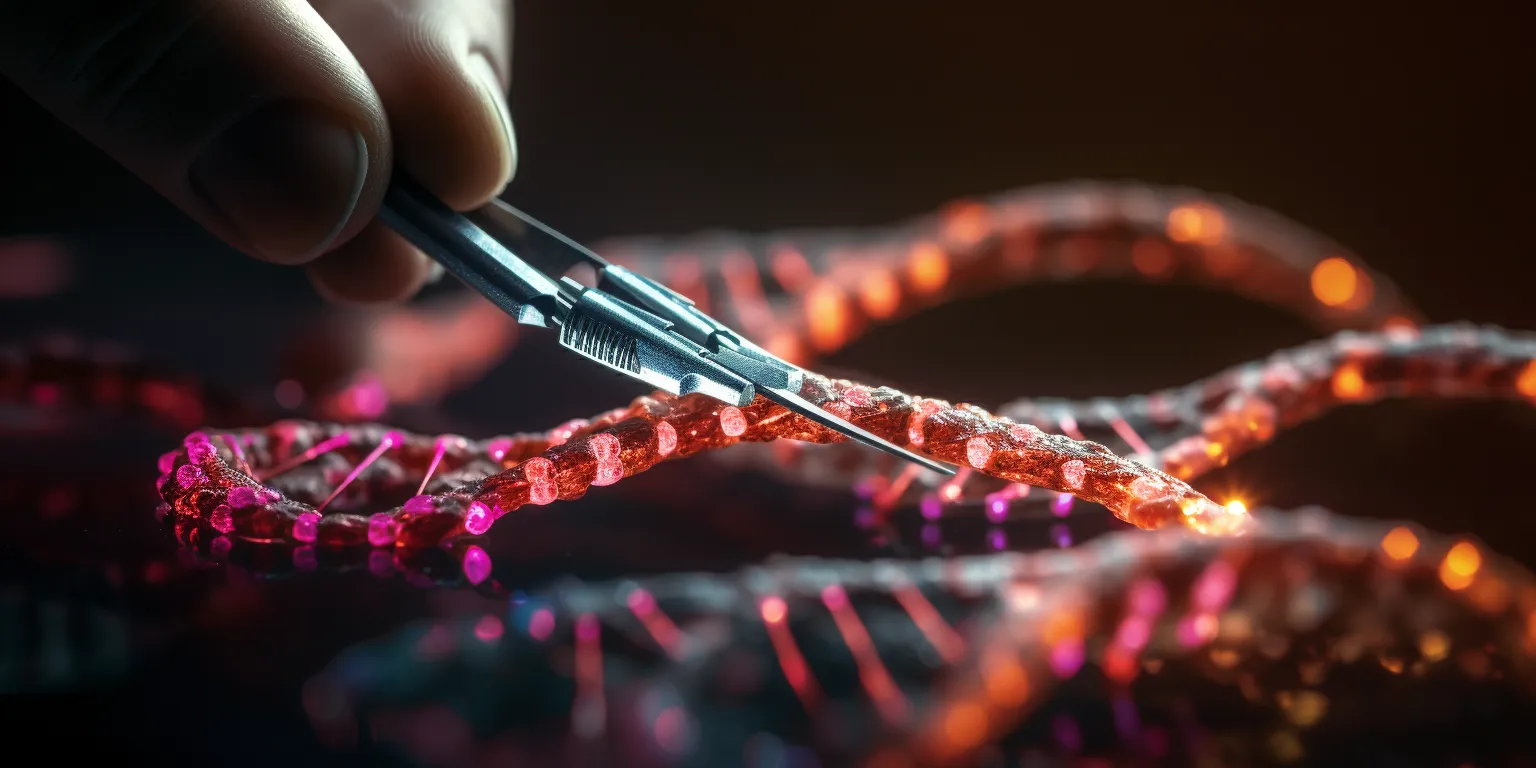Der Wissenschafts-Blog CRISPR-Whisper berichtet über Aktivitäten und Ergebnisse aus dem Schwerpunktprogramm Weitaus mehr als nur Verteidigung: die vielen verschiedenen Funktionen des CRISPR-Cas Systems der Deutschen Forschungsgemeinschaft (DFG).
Es geht darum herauszufinden, welche Funktionen die „Gen-Schere“ CRISPR-Cas über die Virenabwehr hinaus noch hat. Fragen und Kommentare sind willkommen!
Letzte Beiträge
-

CRISPR – Die Genschere in Regensburg
Was ist CRISPR-Whisper? Die CRISPR-Cas Methode oder auch „Genome-Editing oder „Genschere“ genannt, hat bereits viele Innovationen hervorgebracht, wird aber auch kontrovers…
-

Die Genschere in Wien, 24. – 26.5.24
Die CRISPR-Whisper Roadshow Was ist die CRISPR-Whisper Roadshow? Die CRISPR-Cas Methode oder auch „Genome-Editing“ oder „Genschere“ hat bereits viele Innovationen hervorgebracht,…
-

CRISPR-Cas: Fragen, Kommentare, Meinungen
Für den Spätsommer/Herbst dieses Jahres bereiten wir eine Sonderausgabe der BiuZ (Biologie in unserer Zeit) vor, die sich ausschließlich mit dem…

